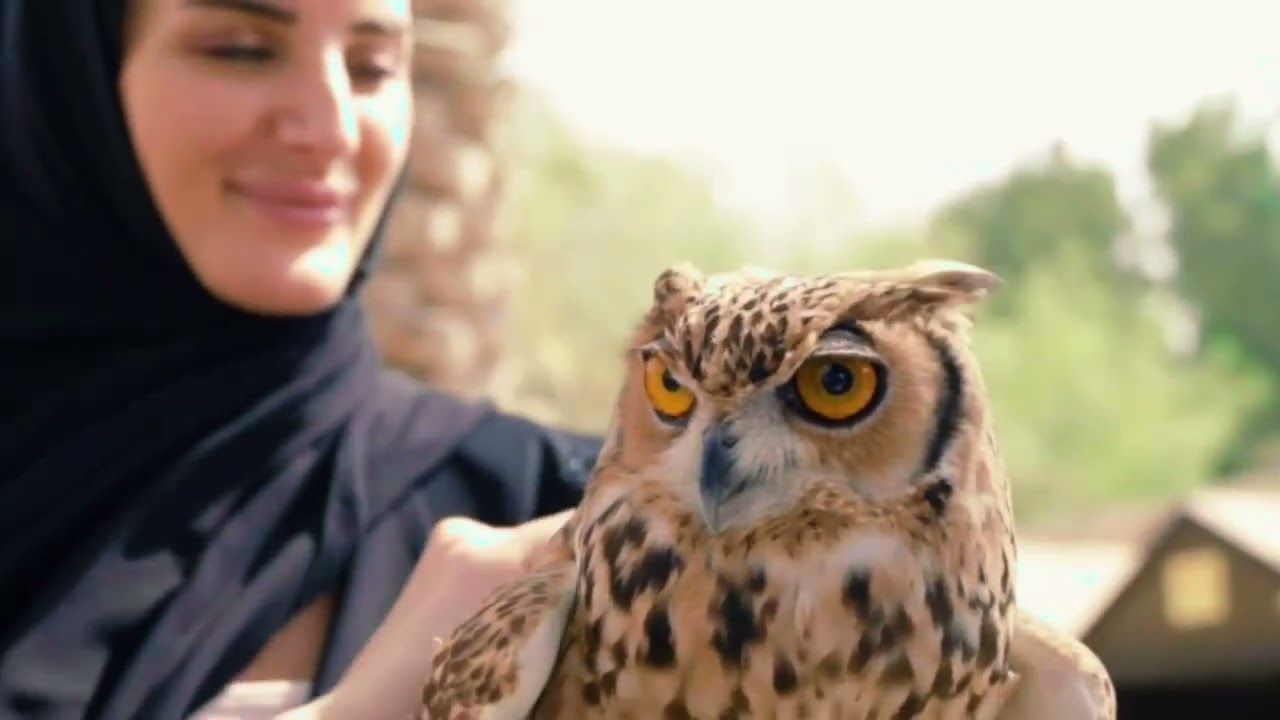- Understanding the diverse animal species within our zoo’s animal kingdom.
- Exploring the principles and strategies behind effective zoo management.
- The role of zoos in wildlife conservation and education outreach.
- Innovative habitat designs that promote animal welfare and natural behaviors.
- Engaging the community and fostering environmental stewardship through interactive programs.
In a world where wildlife faces increasing threats, zoos serve as vital sanctuaries for countless species, offering refuge and hope for survival. The animal kingdom within our zoo is a microcosm of the vast and intricate networks that exist in the natural world. This space brings together flora, fauna, and human curiosity in ways that are both enlightening and essential. We invite you to explore the fascinating details of this environment, gaining a deeper appreciation for the biodiversity and management practices that make this kingdom thrive.
Understanding the diversity of animal species is critical to grasping the larger ecological tapestry. Within our animal kingdom, over 200 species represent a wide array of biological classes, from mammals and birds to reptiles and amphibians. Each creature is part of a complex web, playing specific roles in their ecosystems. Zebras, for instance, act as grazers, maintaining grassland ecosystems that support numerous other species. Predators like lions keep prey populations in check, ensuring a balanced food chain. Birds such as parrots and macaws are seed dispersers, contributing to forest regeneration. Through carefully curated exhibits, visitors can witness these dynamic interactions, gaining insight into the ecological significance each animal holds.
Effective zoo management is not merely about housing animals, but rather creating environments that replicate their natural habitats as closely as possible. This involves a harmonious blend of science, art, and a commitment to animal welfare. Knowledgeable zookeepers and scientists collaborate to design enclosures that encourage natural behaviors. For example, creating tree-dense habitats for primates allows them to swing and forage like they would in the wild. By paying attention to these details, zoos not only enhance the animals’ quality of life but also offer visitors an authentic view of nature.
The role of zoos extends far beyond entertainment. They are critical players in wildlife conservation and education outreach, offering an irreplaceable platform to connect the public with conservation efforts. Zoos participate in global breeding programs, maintaining genetic diversity for endangered species. For instance, breeding programs for species like the Sumatran tiger and the Eastern lowland gorilla are essential for their survival. Moreover, zoos provide invaluable education, teaching visitors about biodiversity, conservation challenges, and the steps needed to protect natural environments. Through engaging exhibits and informative signage, zoos inspire a new generation of environmental stewards.
Habitat design and the incorporation of enrichment activities are key to promoting the welfare and natural behaviors of animals in captivity. Innovative designs take into account the species-specific needs of the animals. For instance, for aquatic mammals such as otters, water features that include streams and pools not only facilitate play but also allow them to perform instinctive behaviors like fishing and grooming. Similarly, nocturnal species might benefit from reversed light cycles, encouraging their activity during visiting hours. Maintaining enriched environments in zoos is fundamental to ensuring animals lead fulfilled lives while in captivity.
Engaging the community is a vital aspect of zoo management, fostering an appreciation for wildlife through interactive programs. Initiatives such as guided tours, interactive animal feeding sessions, and behind-the-scenes encounters enhance the visitor experience. Educational workshops and summer camps for children ensure that learning extends beyond the classroom. Furthermore, zoos often collaborate with schools and local organizations to foster environmental stewardship. These programs are pivotal in connecting urban populations with nature, encouraging sustainable practices, and raising awareness about global conservation issues.
Our animal kingdom is a testament to the intricate relationships between humans, animals, and the environment. Through ongoing research and collaborative conservation efforts, zoos contribute to the protection of biodiversity and the education of future generations. This symbiotic relationship between people, wildlife, and the natural world emphasizes the significance of preserving these spaces. By sharing knowledge, sparking curiosity, and inspiring action, zoos play an indispensable role in the overarching narrative of wildlife conservation.
*****
Source Description
Calling All Future Explorers! From cute little snails to graceful giraffes, our zoo is alive with excitement, and we can’t wait to welcome YOU to our animal kingdom!
So, grab your explorer hat, bring your curious spirit, and let’s create unforgettable memories together!
See you real soon at Emirates Park Zoo and Resort
#WhereTheMemoriesAreMade#AdventureAwaits #winter #inabudhabi #zoo #AbuDhabiZoo
نداء لجميع مستكشفي المستقبل
من الحلازون الشقي إلى الزرافات الرشيقة، حديقتنا الحيوانية مليئة بالإثارة، فنحن لا نستطيع الانتظار لاستقبالكم في مملكتنا الحيوانية!
لذا، جهزوا قبعاتكم الاستكشافيه، وانطلقوا بروح الاستكشاف، ولنخلق ذكريات لا تُنسى معًا!
نراكم قريبًا جدًا في حديقة ومنتجع إمارات بارك الحيوانية
#أين_تُصنع_الذكريات #المغامرة_في_انتظاركم #الشتاء #في_أبوظبي #الحديقة_الحيوانية #حديقة_أبوظبي


